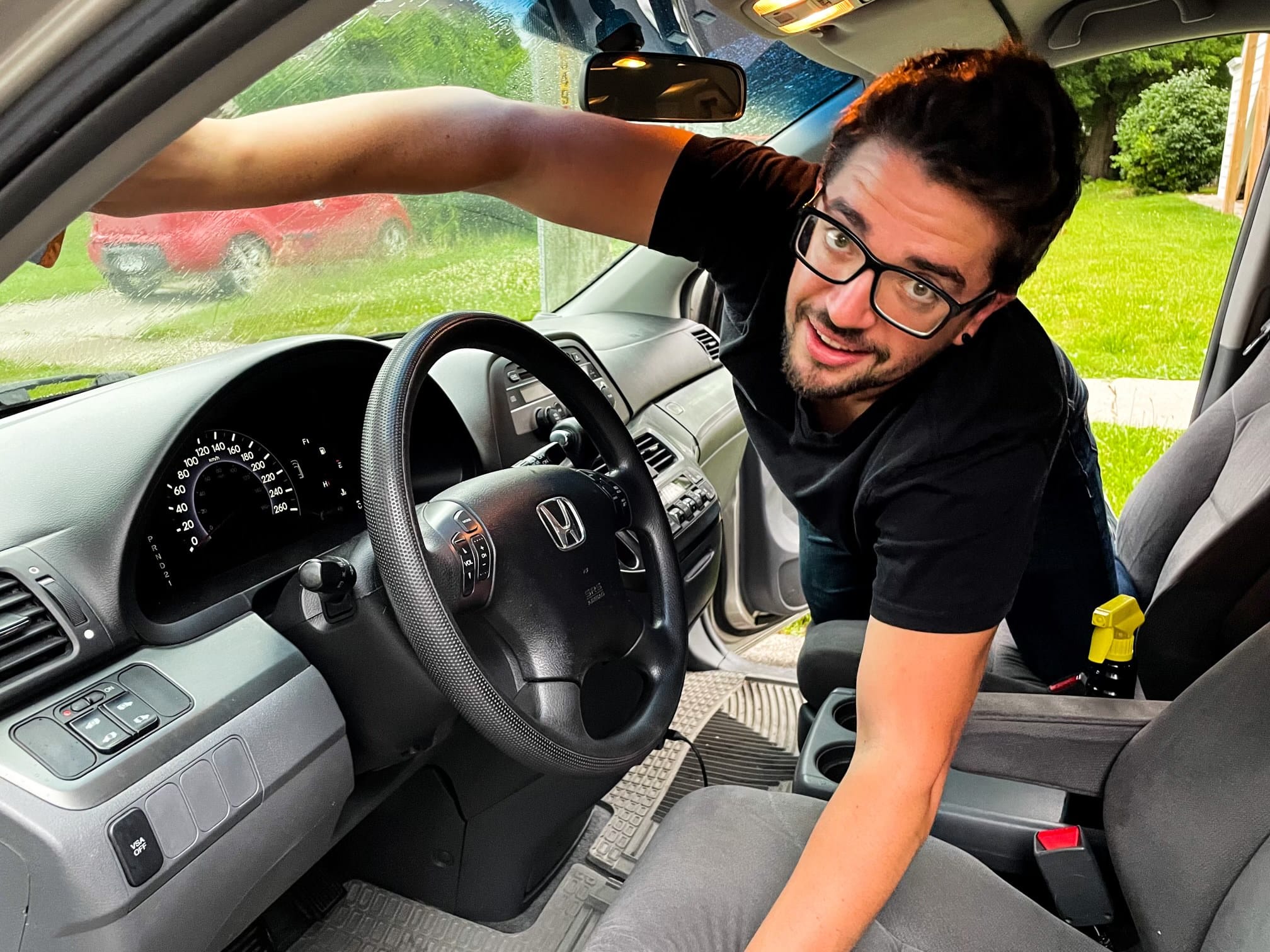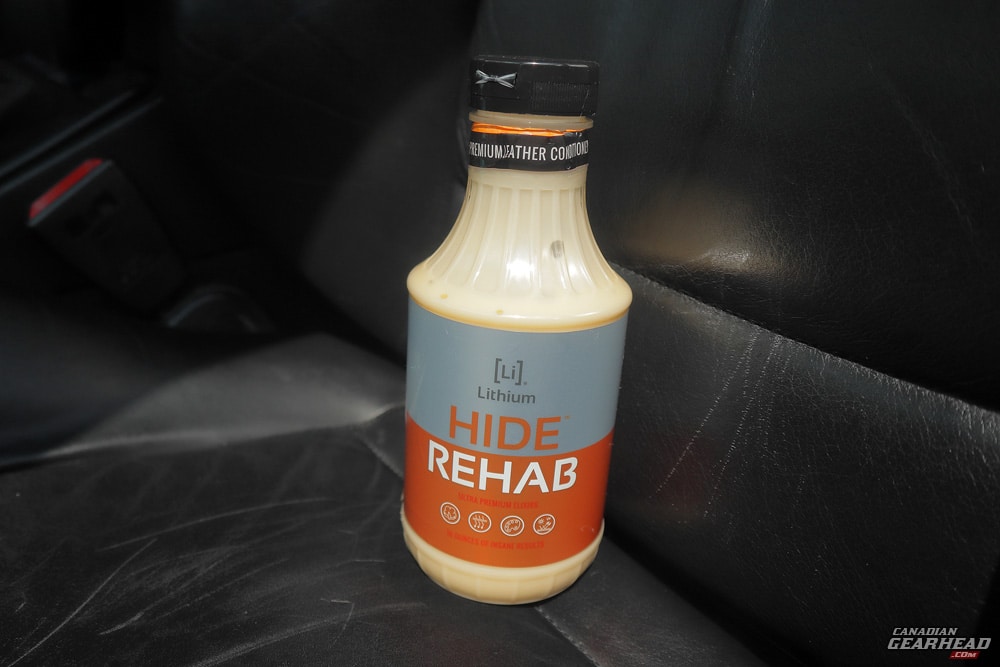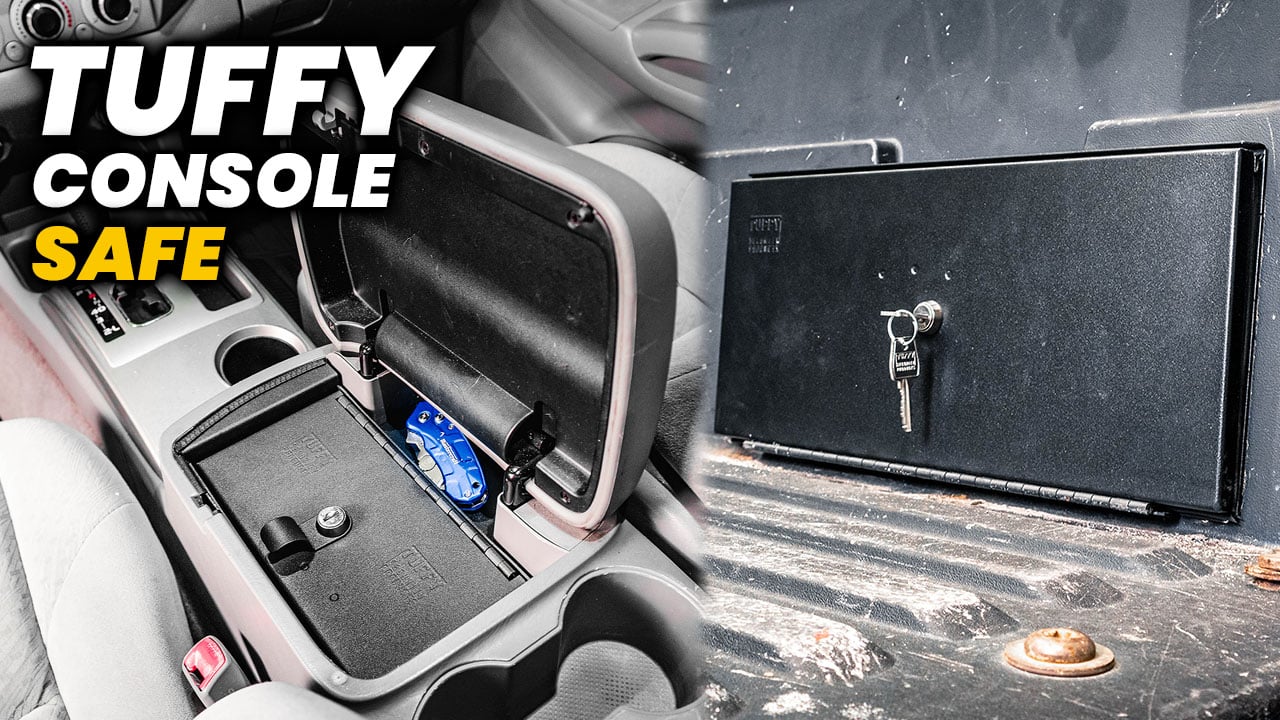Most people have a good idea of how to protect their paint. When it comes to protecting the leather in their new car, however, they might not be as informed. It’s not their fault though, because there just isn’t as much information available on leather care as there is on paint correction and protection.
But I am confident in you; you just need the proper guidance. Leather care is simple and can be summed up in proper cleaning, protection, and maintenance. With this, you can keep your leather looking as good as new for years to come.
Protecting the leather in your brand new car is very simple. Deep cleaning won’t be required, so a quick scrub with a leather cleaner and the application of a conditioner or coating is all it takes. It’s important to keep your seats as clean as possible after this to keep them free of cracks and wear.
How to protect the leather in a new car
Protecting your leather seats doesn’t have to be complicated. You want to make sure your seats are perfectly clean and then apply your favorite automotive-grade leather conditioner or leather coating.
You may need to do some research on specific products before purchasing. Also, keep in mind some coatings may not be available to the public and will need to be applied by a brand authorized installer.
Keeping your seats protected and in good shape can be as quick or time-consuming as you want it to be. You will have to choose your method of protection based on how much time and money you want to spend on the process.
Before you apply leather conditioner or leather coating to your seats, you are going to want to give them a thorough cleaning. You will need a soft bristle brush, ideally made with horsehair, a couple of clean microfiber towels, a scrubbing pad for more stubborn areas, and a good leather cleaner.
First, choose a test spot that isn’t too obvious in case the leather has an adverse reaction to the product. Apply your cleaner of choice to the leather. Agitate the cleaner with your brush to produce a rich lather. This process will lift any dirt or oils out of the pores of the leather. Then simply wipe the leather cleaner off the seat with a clean microfibre towel, and repeat if necessary.
Once the seats are clean and completely dry, you are ready to apply the protection you’ve chosen. If you are going the traditional route, apply the conditioner to a foam applicator pad and spread the conditioner evenly across the leather.
Apply a second coat if the leather is dry and soaked up all of the first application. After the conditioner has had ample time to soak into the leather, wipe the excess product off with a clean microfibre towel. Leather conditioner is a great product to protect your leather and keep it feeling soft over time. It’s also a beginner-friendly method of protection.
But what if you want a product that offers a higher level of protection? If you are the type of car owner that wants the best protection that the industry has to offer, a leather coating might be for you. Leather coatings are stain, chemical, and U.V. resistant, and they are also hydrophobic and oil phobic in most cases making it easier to wipe up spills.
Leather coatings are applied in a similar fashion to a conditioner but may have specific procedures unique to the product being used. Be sure to stick to the instructions given by the manufacturer and you won’t have a problem.
Should you condition leather car seats when they’re new?
You just paid a bunch of money for a brand new car, you shouldn’t need to do anything to it, right? Well, that really depends on how particular you are, and how long you plan to keep it.
In full honesty, you don’t need to worry about avoiding cracks, wear, and tear on your seats if you’re the type to switch out vehicles every year or two. But if you want your seats to remain in great condition for a very long time, you’re going to want to protect them right from the very beginning.
Traditional “conditioners” that are advertised to hydrate the leather aren’t needed on brand new seats because they aren’t worn or weathered yet! A protective product like a coating, however, is a great idea.
It’ll add protection against UV rays, staining, and wear from sliding in and out. These products will also make your seats easier to keep clean, which is the name of the game when trying to avoid wear.
Protecting your seats when they’re brand new is a smart investment if you care about the longevity of your new car.
How often to clean and condition your leather seats
We’ve cleaned our seats to ensure they are free of dust, dirt, and oils. We’ve applied our desired leather protectant. Now you’re probably wondering how often you will need to clean your seats and re-apply the protectant. As is often the case in the detailing industry, there isn’t a one size fits all type of approach.
There are many contributing factors when trying to answer this question:
- How often does the vehicle get driven?
- How often are passengers in the vehicle?
- Is the vehicle stored indoors?
- What products were used to protect the leather?
You will have to exercise your own judgment to answer these questions.
If the vehicle is a daily driver and gets parked in direct sunlight with no U.V. blocking window tint, or gets abused by children or careless adults you will have to dedicate more time and energy to maintaining the seats than if the vehicle was stored in a garage and only taken out occasionally.
With a traditional leather conditioner, you will need to clean and condition your seats every few weeks to every three or four months. This will likely require more attention than seats that have been coated, which boast protection that lasts upwards of one year. Another benefit of a coating is the ease of cleaning which should only require a wipe down with interior cleaner and a microfibre towel.
Product cost may also be a factor when deciding which route to take, where a conditioner usually costs less than $30, a coating can approach $100. If you’re having a professional taking care of your interior with labor rates generally around $90 an hour, the coating may actually be more cost-effective in the long run.
Protecting leather car seats from dogs
Scratches play a major role in how well your seats age. It should go without saying that you want to keep sharp objects like keys, tools, and Lassie’s claws off of the seats. It’s not always possible to avoid taking your fur baby on the occasional car ride; however, in those circumstances, you are going to need a plan of attack.
I suppose you could try to get your dog to wear boots, but if your dog is anything like mine this isn’t going to go over well. You will most likely have better luck getting a cover for the back seat.
A seat cover like this one is also going to provide the best protection for your rear seats. It’s important that you ensure your seat is completely empty and clean or you may end up grinding foreign objects into the leather causing scratches.
Related questions
What leather conditioner should I use?
There are a lot of good options out on the market today. Hyde Rehab from Lithium is my personal favorite.
You can find products like Griot’s Garage Leather Care Cream and Mother’s Leather Conditioner easily at your local auto parts store. Mousse Interior Conditioner from AMMO NYC is a more premium product however it carries a higher price and can only be ordered directly from their website.
What leather coating should I use?
Two of the most popular coatings are CarPro Cquartz Leather 2.0 and Gyeon Leather shield.
Gtechniq L1 is more of an “in-between” option. The application is a bit different because it comes in a spray bottle but it performs similarly to these other leather coatings. It’s a bit easier on the wallet too.

Jeremy got his start in the automotive industry in 2012 as a detailer. He also tried sales and a role in the service department at a Chrysler dealership before deciding to become an automotive technician for Volkswagen. Read more about Jeremy:








Leave a Reply